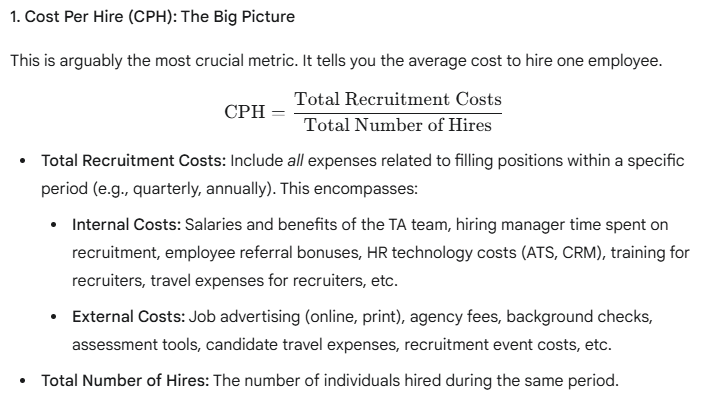Employee Retention: Definition, Calculation, and Industry Impact
- AZ Occupancy Solutions

- Feb 4
- 3 min read
Updated: Feb 8

Employee retention is a critical factor in the success of any organization, particularly in industries like property management and hospitality, where high turnover rates can impact customer service, operational efficiency, and profitability. Retaining employees reduces recruitment costs, fosters a stable work environment, and enhances organizational knowledge. This essay explores the definition of employee retention, its calculation, and its significance in the property management and hospitality industries.
Defining Employee Retention
Employee retention refers to an organization's ability to keep its employees for a given period. It is often measured as a percentage of employees who remain with the company over time. High retention rates indicate a stable workforce, while low rates may suggest job dissatisfaction, poor management, or a lack of career growth opportunities (SHRM, 2022).

Impact of Employee Retention on Property Management
In the property management industry, employee retention is crucial for maintaining tenant satisfaction and operational efficiency. High turnover among leasing agents, maintenance staff, and property managers can lead to disruptions in service, longer response times, and inconsistent tenant experiences (Jones & Smith, 2021). Experienced employees build relationships with tenants and understand the complexities of property management systems. When turnover is high, companies must constantly train new hires, leading to increased costs and lower productivity.
Additionally, property management firms rely on industry expertise to navigate regulatory compliance, financial reporting, and tenant relations. A stable workforce ensures continuity in these areas, reducing the likelihood of legal and operational errors. Companies that focus on retention through competitive salaries, career development, and positive work environments tend to see lower vacancy rates and higher tenant satisfaction (Williams, 2020).
Impact of Employee Retention on the Hospitality Industry
The hospitality industry, including hotels and short-term rentals, is notorious for high employee turnover. According to the U.S. Bureau of Labor Statistics (2023), the hospitality industry has one of the highest turnover rates, often exceeding 70% annually. This high turnover affects service quality, increases training costs, and disrupts guest experiences.
Hotels rely on well-trained staff to provide consistent customer service, from front desk clerks to housekeeping and management. When turnover is high, service standards decline, leading to negative guest reviews and lower occupancy rates (Davis, 2021). Furthermore, a lack of retention in hospitality means losing employees who understand the brand, operational procedures, and customer expectations.
To combat turnover, many hotel brands invest in employee engagement programs, leadership development, and financial incentives. Marriott International, for example, has implemented strong career development programs that have significantly improved retention among mid-level managers (Peters, 2022).
Final Thoughts
Employee retention is a key performance indicator for organizations, particularly in industries like property management and hospitality. It affects operational efficiency, customer satisfaction, and financial performance. Companies that invest in employee retention strategies, such as competitive compensation, career development, and strong workplace cultures, tend to see improved business outcomes. As retention remains a pressing challenge in these industries, organizations must proactively implement policies to ensure workforce stability and long-term success.
References
Davis, L. (2021). Employee Retention Strategies in the Hospitality Industry. Journal of Hospitality Management, 34(2), 112-125.
Jones, R., & Smith, T. (2021). The Impact of Employee Turnover in Property Management. Real Estate Business Review, 28(3), 45-60.
Peters, J. (2022). Marriott's Approach to Employee Retention and Development. Hospitality Quarterly, 17(1), 88-102.
SHRM. (2022). Understanding Employee Retention and Turnover Rates. Society for Human Resource Management.
U.S. Bureau of Labor Statistics. (2023). Industry Employment and Turnover Data.



![[Unpopular?] Opinion: How Hybrid Work Drives Employee Retention and Your Bottom Line](https://static.wixstatic.com/media/11062b_6b6731dd6eaf49fc9d8b9eee565ce14e~mv2.jpeg/v1/fill/w_980,h_653,al_c,q_85,usm_0.66_1.00_0.01,enc_avif,quality_auto/11062b_6b6731dd6eaf49fc9d8b9eee565ce14e~mv2.jpeg)

Comments